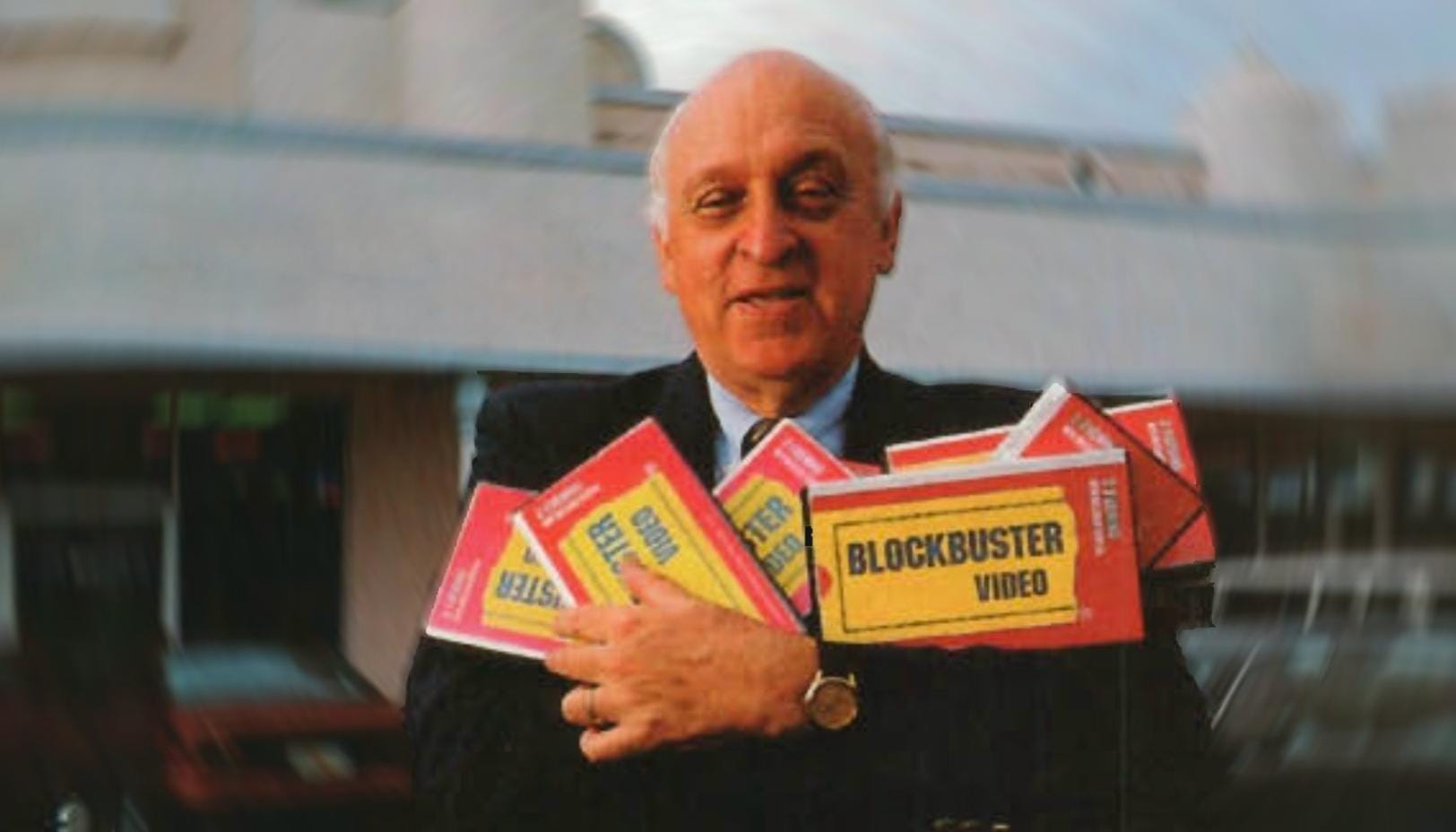
The Little Things that Result in the Big Things
How does a business get a premium valuation when they sell a commodity?
I want to buy an undervalued company that has the potential to get very overvalued.

In MicroCap Portfolio Management and Position Sizing, I wrote about successful investors like Walter Schloss who owned over 100 positions, and Warren Buffett having held as few as five positions. Success has been shown on both extremes. The key lesson is these two men in particular knew what they were doing. My experience, investment style, and personality are quite different from someone else. One investor’s diversification can be another investor’s concentration. It is up to the individual investor to figure out their sweet spot. As your investment philosophy evolves, you will figure out where you need to be. Let me tell you a bit about my investment philosophy and how it shaped my thoughts on diversification with the caveat that what works for me might not work for you.
When I was Getting Started I read every investment book I could get my hands on. I became really annoyed by the status quo of investing that preached diversification. I thought the only reason people think 12% annual rates of return are great is because that’s what they were taught. If you want to be average go ahead and think the way the rest of the world thinks. I felt if the world preaches diversification, well the opposite is probably the way to go. There is no reason a person can’t expect more out of their investments if they are willing to put forth the work to educate themselves and find great companies early. This is what led me to microcaps. There is no reason you can’t make 30%, 40%, dare I say 50% per year, consistently. Don’t ever put boundaries on your success.
“If I was running $1 million today, or $10 million for that matter, I’d be fully invested. Anyone who says that size does not hurt investment performance is selling. The highest rates of return I’ve ever achieved were in the 1950s. I killed the Dow. You ought to see the numbers. But I was investing peanuts then. It’s a huge structural advantage not to have a lot of money. I think I could make you 50% a year on $1 million. No, I know I could. I guarantee that.”– Warren Buffett
If I were to sum up my investment philosophy in one sentence it would be this: I want to buy an undervalued company that has the potential to get very overvalued. This is my margin of safety. This might be alarming to many value investors, but I have no intention on buying undervalued companies that will only become less undervalued or even fairly valued. I want to find undervalued companies that over time due to their uniqueness-greatness and scarcity of shares creates a premium multiple. These types of companies are even harder to find. For the masses to ultimately buy in to these companies their businesses have to be simple. The market always pays a premium for simple businesses. I stay away from the onions where you have to peel back multiple layers to understand them. I try to buy stocks that I can explain in a minute or less. If it’s complicated, dumb money will never buy my shares from me multiples higher.
I have always been a rather concentrated investor, buying and holding the best 5-7 companies I can find. Before MicroCapClub, I had a personal investing blog where I would post about my core holdings. The slogan for my blog was, “Life is too short to diversify”. The slogan was somewhat tongue-in-cheek because I think a portfolio of 5-6-7 companies can be diversified. If you want superior returns, find an inefficient and illiquid market, and work everyday to be one of the best investors in that market. You don’t have to be a genius to be a great investor. To change your life, all you need to do is find and buy a couple great companies before the institutions and hold them. But you need to own enough of them.
“Diversification may preserve wealth, but concentration builds wealth” – Warren Buffett
A 3% allocation that goes up 10x barely moves the needle but a 10-20% allocation will. I want to only invest in my highest conviction positions. The rest is noise. I’m a much better investor when a position is big enough that it can change my life if it works. Naysayers will say, “That’s great Ian, but what happens when you are wrong or when some Black Swan event occurs. When one of your five positions goes to 0?” I’ve certainly been wrong and have lost money in positions, but I’ve never rode a stock down to zero. Most importantly, when I initiate a position I’m looking for undervalued companies, so there is a fundamental floor on the stock. Companies where if my investment thesis is totally wrong, I’m still going to make money. I’m just looking for those stocks and stories that can get big, that can attract the masses. Furthermore, I’m hunting for multi-baggers. This might sound insane to most traditional investors, but if 20% of my portfolio would actually go to zero, another successful position can easily make up that gap.
“It makes sense that if you limit your investments to those situations where you are knowledgeable and confident, and only those situations, your success rate will be very high.” — Joel Greenblatt
Owning meaningful positions and developing The Conviction to Hold is how you make the big money. The only way I can develop the conviction to hold is by knowing my positions better than most. I hold a few high conviction positions and work everyday to try to know them better than anyone else. The most companies I feel I can get to know really well is 5-7 positions. That is my mental capacity, and it’s important to know your limitations. I’ve never believed in holding small positions because it normally means low conviction. Position sizing should never have defined or rigid rules. As your conviction grows in a company, own more of it. The better you know your investments the easier it is to hold them. The better you know your investments the sooner you’ll be aware if the story changes which will allow you to sell before the masses.
When I was inexperienced and just learning the art of investing, I was even more concentrated, going “all in” on 1-2 companies. The lessons I learned during these years were crucial. Charlie Munger said, “Investors can have 90% of their wealth in a single company, if it is the right company.” For me it wasn’t healthy to have only one or two eggs in my basket. The risk for me wasn’t the risk of loss as much as it was more psychological. There were certainly times when I was just wrong and lost money, but what was really harmful was the fact that I was thinking about my positions way too much. This made it very hard to hold them. It’s hard to be a long-term investor when you think about your positions every second. It wasn’t just thinking about them, it was worrying about them. I hadn’t developed the mental fortitude to handle it. There is a big difference between thinking and worrying about your positions. The latter can be very destructive.
“If you can’t sleep at night because of your stock market position, then you have gone too far. If this is the case, then sell your position down to the sleeping level.”
– Jesse Livermore
Other psychological nuances also made it hard to hold a super concentrated portfolio of 1-2 companies. Long periods of inactivity in stock price, or slow deterioration of stock price can take its toll on a person’s psyche. Nothing is worse than when your whole portfolio isn’t working for long periods of time, which can happen quite often if you only own a couple companies. Over time I realized owning 5-7 positions gave me a much better state of mind. If a position works it can still change my life and that amount of positions keeps me from overthinking them.
As I mentioned in The Conviction to Hold, a big part of successful investing is becoming content doing nothing. You want to find great companies before others and then hold them. I’ll give you a personal example. Currently, I own six core positions, and the position I’ve owned the least amount of time is 12 months.
I’ve owned Position #1 for four years, and it’s up 900%
I’ve owned Position #2 for three years, and it’s up 600%
I’ve owned Position #3 for 18 months, and it’s up 200%
I’ve owned Position #4 for 16 months, and it’s up 650%
I’ve owned Position #5 for 14 months, and it’s up 75%
I’ve owned Position #6 for 12 months, and it’s up 100%
Positions 1-3 make up 70% of my portfolio. My portfolio returns aren’t as high as these percentages reflect because I’ve averaged up in most of these positions. For example in Position #2, I recently bought more shares 500% higher than my initial buy three years ago. I actually own more shares today than I ever have. They don’t teach you that in school. The point is, when you find great companies make sure you own enough of them.
“Don’t screw up a perfectly good stock-market strategy by diversifying your way into mediocre returns.” — Joel Greenblatt
Successful investing isn’t just about doing well in bull markets like we’ve had over the last five years but losing less money in bear markets. This is why I primarily look to invest in the smallest 10% of the microcap space (sub $30 million market cap). This is one of the last arenas where investors managing small sums have an edge. In case you were wondering, as of last Friday’s close there were 7,718 public companies on US and Canadian exchanges <$30 million market cap. That is a lot of companies, more companies than trade on the NYSE and NASDAQ combined (5,900). In general, larger microcaps ($100+ million market cap) and smallcaps do horribly in bear markets. The reason isn’t fundamental, but more so because of who owns them. Institutions and indices own big percentages of these companies. When markets turn bearish, fund managers reduce microcap and a smallcap exposure. The Russell MicroCap, Russell 2000, Russell 3000 indices also have capital outflows. These two forces put constant selling pressure on these relatively illiquid stocks. This is why I want to find great companies that have no institutional ownership because there is no one of size to sell them in bear markets. It just so happens the only place to find great companies with no institutional ownership are very small microcaps. Great businesses that are high growth, profitable, can fund growth from internal cash flows, [–And just as important –] that have no institutional ownership do well in any market. It’s how a company like ZAGG went up 380% while the S&P went down 41% from May 2008- April 2009. ZAGG went on to become one of my biggest winners, and all of this during the worst economic backdrop in decades. Don’t worry about the stock market, focus on finding great unknown companies.
A concentrated portfolio isn’t for everyone. I believe the less experienced you are the more positions you should own. Now you might be asking yourself, am I experienced? If you even have to ask yourself that question, you probably fall into the inexperienced camp. This is fine and nothing to be ashamed of. Howard Marks has this great definition, “Experience is what you got when you didn’t get what you wanted”. I like to say, experience is expensive. The more money you have lost the more experienced you are, so I am quite experienced. You can’t become a great investor overnight because the most important lessons can’t be taught. Investing is a life long education and its teacher is loss. View those losses as your tuition. When you’re getting your education, own more positions so your losses will be minimized and you can live to fight another day. If you are a passive investor that doesn’t have the time to do necessary maintenance due diligence on your positions, you should be more diversified. Another way of saying this is…if you don’t have the time or ability to know your investments better than most, then you should be more diversified.
When experience and potential collide amazing things can happen. You weren’t put on this Earth to be average, so stop thinking like everyone else. You and your portfolio were meant for bigger things. It took me several years to figure out an investment philosophy that made sense for me, my goals, and my personality. I would encourage you to do the same. No one can do this for you, and you can only figure it out from experience. Don’t be afraid to fail. Go make a fortune and then get out and do something that really matters. Life is just too short. Life is too short to diversify.
===> Interact and learn with 250+ of the best microcap investors on the planet. [Join Us]
MicroCapClub is an exclusive forum for experienced microcap investors focused on microcap companies (sub $500m market cap) trading on United States, Canadian, European, and Australian markets. MicroCapClub was created to be a platform for experienced microcap investors to share and discuss stock ideas. Since 2011, our members have profiled 1000+ microcap companies. Investors can join our community by applying to become a member or subscribing to gain instant view only access. MicroCapClub’s mission is to foster the highest quality microcap investor Community, produce Educational content for investors, and promote better Leadership in the microcap arena. For more information, visit http://microcapclub.com and https://microcapclub.com/summit/
Get Alerted to our Next Educational Blog Post

How does a business get a premium valuation when they sell a commodity?

It's often how you react (or don't) to the same situations that shows you how much you’ve grown.

"Call Charlie a lucky man for stumbling onto Cook Data Service, but luck didn't make him a millionaire."